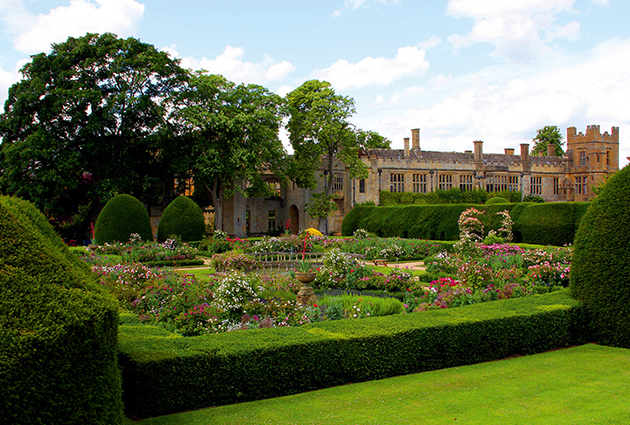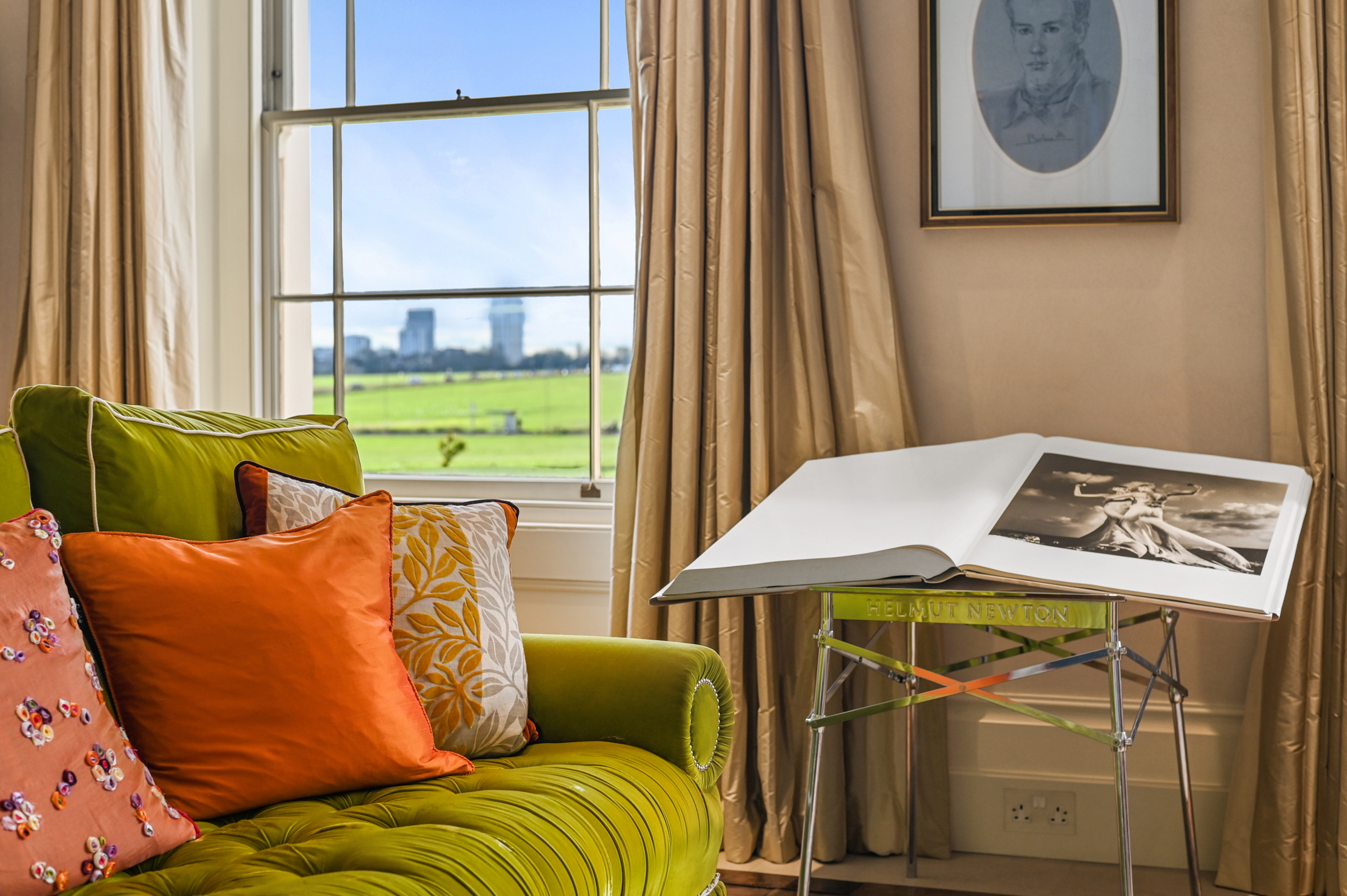Gardens to visit in the Cotswolds
Gloucestershire is the place to see exemplary gardens.


The band of limestone that runs in a diagonal flash, crossing England from Dorset in the south-west to Lincolnshire in the north-east, has special meaning in the region of the Cotswolds.
Here, more than in any other area, there is an astonishing richness in gardens, made more beautiful by the honey-grey warmth of the handsome stone houses, picturesque villages and their dry-laid traditional boundary walls. Bright, evergreen box (Buxus sempervirens) and sombre, dark green yew thrive on the free-draining slopes of these hills and, for centuries, have been the plants of choice for creating decorative hedges and quirky topiary, seen in churchyards, and cottage front gardens as well as the grounds of manor houses.
They also provide an ideal plain-green framework within which the inventive gardener can grow a huge range of flora. My suggestions demonstrate a broad variation of styles of garden, yet all display aspects of the Cotswold vernacular and are open regularly across a range of seasons.
However, the region is so rich in good gardens that it’s essential to have in the car (or as an app on one’s smartphone) the National Gardens Scheme’s annual Yellow Book. This indispensible directory is the gateway to another 150-plus fine gardens in Gloucestershire and Oxfordshire, which open on selected days only, for charity (frequently on Sundays) and across all seasons (alternatively, visit www.ngs.org.uk).
Painswick Rococo Garden, Painswick Bishop Pococke, a visitor to Painswick in 1757, noted: ‘The garden is on an hanging ground from the house in a vale, and on rising ground on the other side and at the end; all are cut into walks through wood and adorn’d with water and buildings, and in one part is the kitchen garden.’ Magnificent restoration over the past three decades has faithfully revived its early-18th-century ambience. A place steeped in atmosphere where you can stroll for hours. (01452 813204; www.rococogarden.co.uk)
Cerney House, North Cerney, Cirencester This exuberant and richly planted gem is hidden away in a wooded valley. The creation of a mother-and-daughter team (with some part-time helpers), it includes lawns, a wildflower meadow, mature beech woods, a park and, of greatest interest to the plantsman, a walled Victorian garden. The latter features many roses and herbaceous plants through the summer, but spring is celebrated with thousands of tulips. Late-winter’s snowdrops are also a feature. Visitors enjoy Cerney’s laissez-faire ambience, a world apart from the region’s more ‘corporate’ horticultural hotspots. (01285 831044; www.cerneygardens.com)
Sudeley Castle, Winchcombe A place that oozes history; it was Crown property during the Wars of the Roses and, after the death of Henry VIII, was given to Thomas Seymour, who married Henry’s widow, Katherine Parr. Elizabeth I was entertained here in the 1590s and Charles I stayed at the castle during the Civil War. A Victorian take on Tudor design then inspired the garden’s 19th-century renovation, with further enhancements in recent decades. There are about a dozen separate areas, including mighty yew enclosures and hundreds of roses, as well as romantic plantings among the medieval ruins. (01242 602308; www.sudeleycastle.co.uk)
Sign up for the Country Life Newsletter
Exquisite houses, the beauty of Nature, and how to get the most from your life, straight to your inbox.
Sezincote House, Moreton-in-Marsh Set in beautiful undulating parkland among picturesque trees, the onion-domed ‘Mogul palace’ of Sezincote uses the local stone in unique fashion. Three Cockerell brothers are connected to both this property and the British East India Company and it was architect Samuel Pepys Cockerell who created the house for his brother, Charles.
The gardens contain plenty of Oriental references and ornaments and atmospheric lower gardens of pools and streams. The latter, planted with advice from Graham Stuart Thomas in the mid 20th century, continue to show how to do successful waterside planting with luxuriant perennials.
Where to stay
Calcot Manor, near Tetbury is a chic hotel with a spa, an indoor pool, log fires and an updated country-house ambience in lovely gardens and parkland. Real ales and pub food are on site at the Gumstool Inn, part of the Calcot Manor complex. (01666 890391; www.calcotmanor.co.uk)
Field House, Minchinhampton is a charming Landmark Trust- restored farmhouse that sleeps six for self-caterers, with an open log fire, a sunny walled garden and an orchard in a peaceful rural location. (www.landmarktrust.org.uk/search-and-book/properties/field-house-6980)
Poulton Hill estate, Poulton is a Cotswold vineyard with a luxury B&B close to Cirencester and within easy reach of many fine gardens. (01285 850700; www.poultonhillestate.co.uk)
-
 New balls please: Eddie Redmayne, Anna Wintour and Laura Bailey on the sensory pleasures of playing tennis
New balls please: Eddie Redmayne, Anna Wintour and Laura Bailey on the sensory pleasures of playing tennisLittle beats the popping sound and rubbery smell of a new tube of tennis balls — even if you're a leading Hollywood actor.
By Deborah Nicholls-Lee
-
 A rare opportunity to own a family home on Vanbrugh Terrace, one of London's finest streets
A rare opportunity to own a family home on Vanbrugh Terrace, one of London's finest streetsThis six-bedroom Victorian home sits right on the start line of the London Marathon, with easy access to Blackheath and Greenwich Park.
By James Fisher